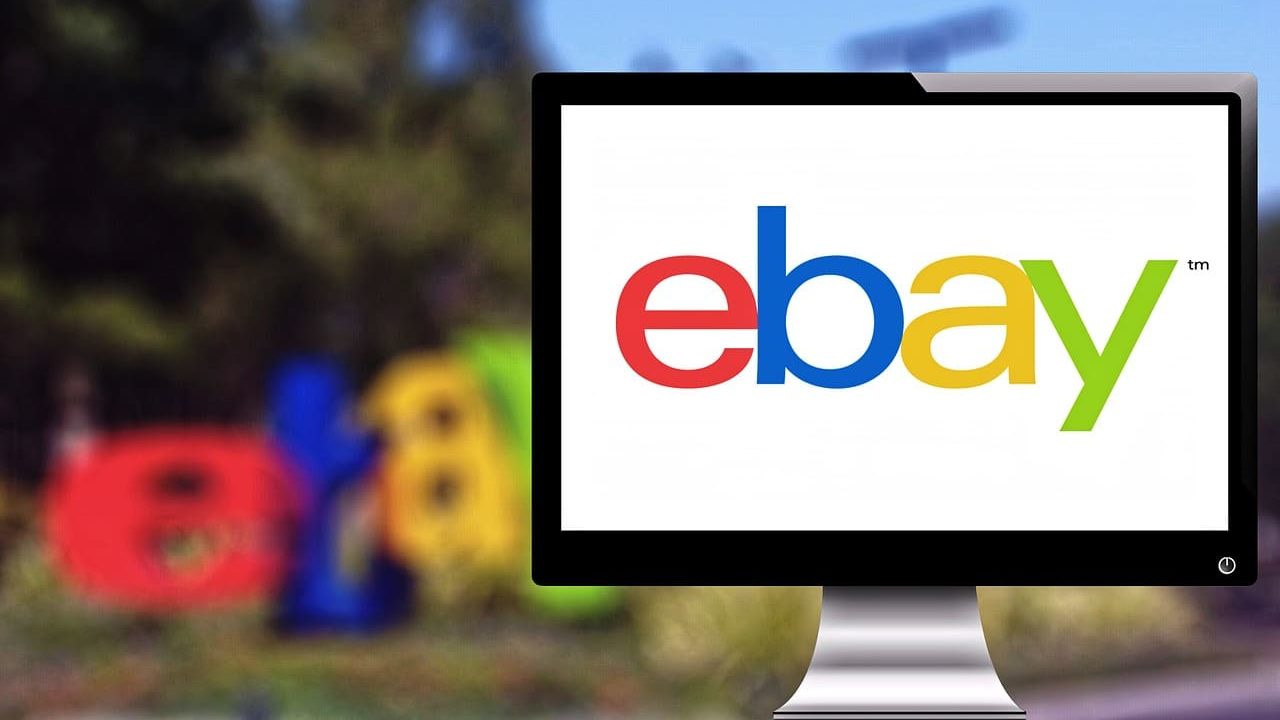The US home fitness equipment industry is expected to reach a valuation of $5.09 billion by 2023, from its valuation of $4.81 billion in 2022. While increasing health awareness is fueling this industry’s growth, body exercise equipment companies like Peloton are also responsible.
What is Peloton?
Founded by John Foley in 2012, Peloton is an exercise equipment and media company that aims to make boutique fitness classes accessible to the general public at their convenience at a budget-friendly price.
With its unique value proposition, Peloton empowers individuals to achieve their fitness goals through technology, hardware, and content. Consequently, soon after its launch, it took the world by storm with its flagship products—the Peloton Bike and Peloton Tread.
Peloton Customer Segmentation
Peloton primarily caters to three types of customer segments:
- Health-conscious individuals: Peloton caters to middle and upper-class individuals who are health-conscious but don’t have the time to attend a boutique fitness class around someone else’s schedule or those who like working out at home.
- Celebrities: High-profile individuals and celebrities use Peloton to work out peacefully to avoid being hounded by the press or other gym members.
- Technologically-inclined individuals: Individuals who love sleek technological solutions use Peloton’s solutions, such as an AI-powered personal trainer, to reach their fitness goals.
Peloton is a leading health and fitness platform with a footprint in the US, UK, Germany, and Canada, but why do individuals trust Peloton? Let’s find out.
Peloton’s Value Propositions
Peloton’s unique value propositions for its customers include the following:
1. Workout products and content library
Peloton’s products, like the Bike, Tread, and Row, have been designed to help individuals work out per their needs. Moreover, you can choose the classes and instructors you like from its extensive content library. Also, the curated music promises to be the perfect backdrop for your workout sessions.
2. Strong community
Peloton boasts of a million-strong community and allows individuals to share their workout metrics on various social channels to develop a sense of belonging, connect with fellow Peloton Members, and encourage some good-natured rivalry.
3. Enhanced convenience
The USP of Peloton is that you can work out at your convenience, whenever and wherever.
4. Smart workout sessions
With Peloton’s AI-powered guide, you can turn your TV into a personal trainer to motivate and track your repetitions.
Who are the Key Partners of Peloton?
Peloton’s partners have helped the company rope in individuals and turned it into a status symbol. Its key partners include:
- Instructors: Peloton partners with world-class instructors to offer the best workout classes to its customers.
- Hospitality industry: Several key players in this sector have partnered with Peloton to offer their guests the option to work out at their convenience. For instance, Westin Hotels & Resorts feature the Peloton Bike in over 50 locations in the US. The company also partnered with Hilton
- Manufacturing partners: Peloton partners with manufacturers to produce its unique equipment.
- Developers and IT partners: Technology partners ensure Peloton runs smoothly without glitches.
- Content providers: They ensure that Peloton can power its community with specifically curated licensed workout music.
- Retail partners: Peloton has partnered with e-commerce giant Amazon and Dick’s Sporting Goods to increase sales and attract new customers.
- Other partners: In a quest to further its B2B model, the brand is partnering with brands like Adidas, Eva, and JBL. It even partnered with Beyoncé to produce an artist series to reel potential customers.
What are Peloton’s Key Resources?
Peloton’s essential resources include:
- Peloton’s equipment, digital platform, app, content production, and patent are its most significant resources.
- Profitable partnerships with manufacturers, distribution networks, retailers, and brands.
- Peloton’s ecosystem of the best instructors, dedicated employees, and other human resources, such as OB-GYN and psychiatrists.
- An intellectual database comprising details about millions of fitness enthusiasts.
- Media collaborations and physical retail showrooms are crucial brand resources.
- IT infrastructure to deliver a seamless and user-friendly experience for every marketplace member.
Excellent brand image in the fitness industry.
What are Peloton Channels?
Individuals can buy Peloton products through its website. It has dedicated apps listed on Google Play and App Store to serve the varied workout needs of its Android and iOS customers. Its physical showrooms and New York and London studios allow potential and existing customers to use state-of-the-art equipment.
Additionally, the brand is active on multiple social channels—Facebook, Twitter, Instagram, and YouTube—and leverages it to connect with fitness enthusiasts globally.
What is Peloton’s Cost Structure?
Peloton incurred an expenditure of nearly $2.9 billion for the year ended June 30, 2022. Its cost of revenue includes connected fitness products and subscriptions.
Under connected fitness products, the brand spent $2.4 billion on manufacturing, duties, shipping and handling, packaging, warranty replacement, warehousing, depreciation of property and equipment, and personnel-related expenses related to the supply chain.
Conversely, it spent $450 million combining fixed and variable costs related to the company’s proprietary content creation and streaming procedure.
How Does Peloton Generate Revenue?
Peloton’s revenue for the fiscal year ended June 30, 2022, was $3.58 billion. It earned approximately $2.2 billion from its connected fitness products and nearly $1.4 billion from its subscription model.

Peloton’s revenue streams can be categorized into three sections:
1. Connected fitness equipment
The company’s primary revenue source is Peloton’s connected fitness products, such as the Bike, Tread, and Row. It also earns money from renting its Bike. A Peloton Bike costs $1,445 in the US, while the Peloton Bike+ costs $2,495.
In comparison, a Peloton Tread and Peloton Row cost $2,995. The Peloton Guide is priced at $195. Note that Peloton has updated the current prices for Tread and Row under its ‘new, lower pricing’ scheme.
2. Membership fees
Peloton’s membership fees that allow members to stream content on-demand and live also contribute heavily to its revenue. Consequently, the monthly membership fee for its app is $12.99 per month. In comparison, the Peloton all-access membership costs $44 per month.
Additionally, the Peloton Guide membership is $24 monthly for guide members. It’s free of charge for all-access members.
3. Apparel and accessories
Peloton’s private apparel brand, Peloton Apparel, has contributed positively to its revenue since its launch in 2021. Featuring a wide range of fitness apparel for different workout types and genders, you can also choose clothing based on your preferred fabrics, including Cadent, Move Mission, Dreamblend, and Striving.
Moreover, its host of accessories, such as cycling shoes, bike mats, light weights, resistance bands, glass water bottles, and heart rate bands, are also top-rated among its members.
The Bottom Line: Peloton is Redefining the Fitness Segment Globally
Peloton is a one-of-a-kind fitness equipment brand that empowers individuals to own their fitness journey and get some exercise no matter how busy their schedule is.
Though the company reached new heights during the pandemic, its slew of partnerships, loyal member community, and image in the market ensures that the company will continue redefining the health and fitness segment for years to come.
References & more information
- S. Home Fitness Equipment Market Share & Growth [2030]. Fortune Business Insights
- Peloton® | About Us. Peloton
- Peloton
- Daniel Pereira (2023, Apr 14). Peloton Business Model. . The Business Model Analyst
- (2023, Feb 6). The Peloton Business Model: How Do They Make Money?. Failory
- Viktor Hendelmann. The Peloton Business Model – How Does Peloton Make Money?. Productmint
- Shikhar Goel (2022, Jun 28). How does Peloton work? What is Peloton’s business model?. The Strategy Store
- Matthew Johnston (2023, Jun 28). How Peloton Makes Money. Investopedia
- Nikita Sheth (2023, Aug 17). How Peloton Makes Money: Inside Their (Revolutionary?) Business Model. Finty
- Peloton Bike Partnership. Westin Hotels & Resorts
- (2022, Oct 3). Hilton and Peloton Team Up to Enhance the Travel Wellness Experience. Peloton Press Release
- (2022, Nov 16). Peloton Expands Relationship with Amazon in the UK and Germany. Peloton Press Release
- (2021, Feb 10). Peloton adds OBGYN and psychiatrist to health and wellness advisory council. Peloton Press Release
- (2022, Sept 29). Peloton and Dick’s sporting goods partner to offer Peloton equipment. Peloton Press Release
- (2021, Oct 18). Peloton x Beyoncé Return With Largest Artist Series Ever. Peloton Press Release
- Peloton Support. Peloton
- New Arrivals. Peloton Apparel US
- Featured Image by Andrew Valdivia
Tell us what you think? Did you find this article interesting?
Share your thoughts and experiences in the comments section below.












Add comment